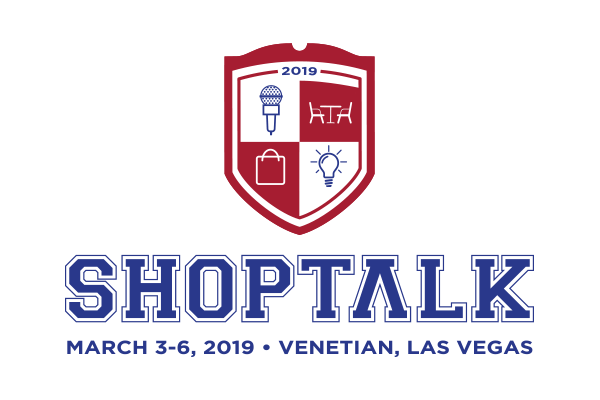Brands must prioritize their digital initiatives. In a world where everyone has FOMO, the ‘Fear of missing out,’ brands must embrace JOMO, the ‘Joy of missing out.’
- Falling into the fear of missing out is a temptation for brands today and they must show discipline to focus on what their customers want instead of trying to do everything. To that end, before brands jump on the bandwagon and embark on a new digital project, they should ask themselves five “S” framework questions, as explained by Wayne Duan (VP of Ecommerce) of Constellation Brands:
- Does this solve a problem?
- Does it exceed the status quo?
- Is this a strategic move?
- How can we measure success using more metrics than KPI and revenue?
- Can you scale across brands and chains?
Changing the language: Private Labels are Private Brands
- We heard a line that neatly sums up how the world of grocery has changed: “My grandparents bought supplies, my parents bought products, and millennials buy attributes.” As a result, retailers are feeling confident that consumers will purchase their brands just as readily as from a well-known CPG or manufacturer. While venturing into private brands may be a giant leap for many retailers, it often pays dividends. Another tailwind retailers are coasting on is the consumer’s desire for transparency. Retailers managing private brands are forced to become the retailer, the marketer, the innovator, the brand manager, and the sourcing agent. As a result, retailers can give a level of consumer transparency that most CPGs or manufacturers shudder at providing.
CPGs and Manufacturers are accelerating their efforts to go directly to the consumer
- As we wrote yesterday, the retail world is no longer attempting to create bridges into regional markets; they are building communication lines directly to the consumer. However, as Julie Bowerman (SVP of Ecommerce & Digital Engagement) from Hain Celestial pointed out, this does not mean uploading products onto Amazon and then throwing up the “Mission Accomplished” banner. Creating a sustainable D2C channel means asking a few key questions:
- Is your company’s value proposition strong enough that consumers will buy direct?
- Can your company make a profit?
- Will your company lean into the human capital required?
- How will you address conflicts across other channels?
- How will you recruit and retain consumers continuously to achieve scale?
- It is clear the consumer is willing to buy directly from brands, however for CPGs and manufacturers to enter this world, they must do so whole-heartedly and not just dip their toe in the water.



